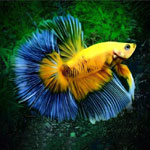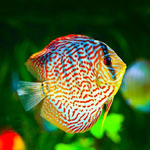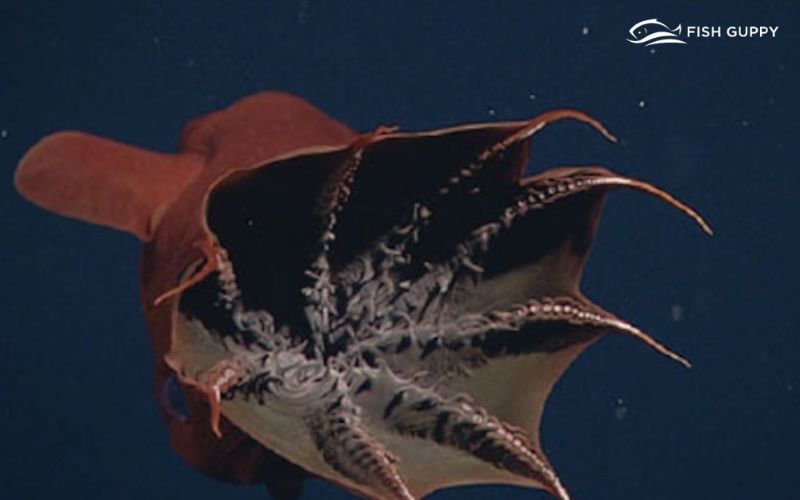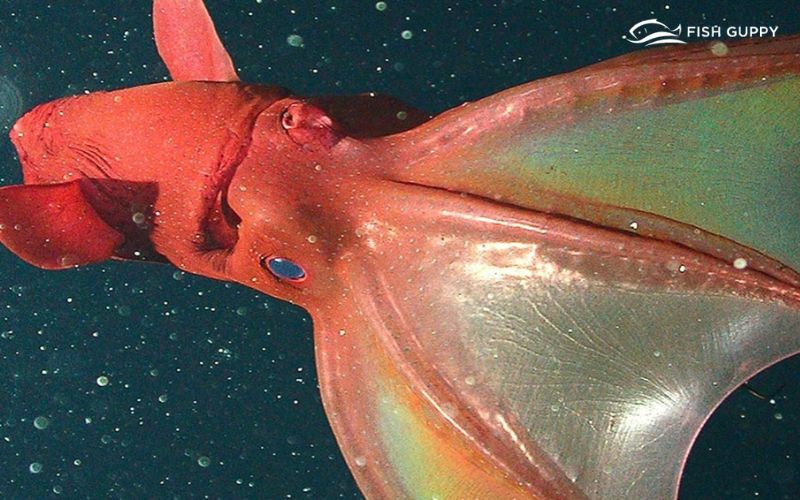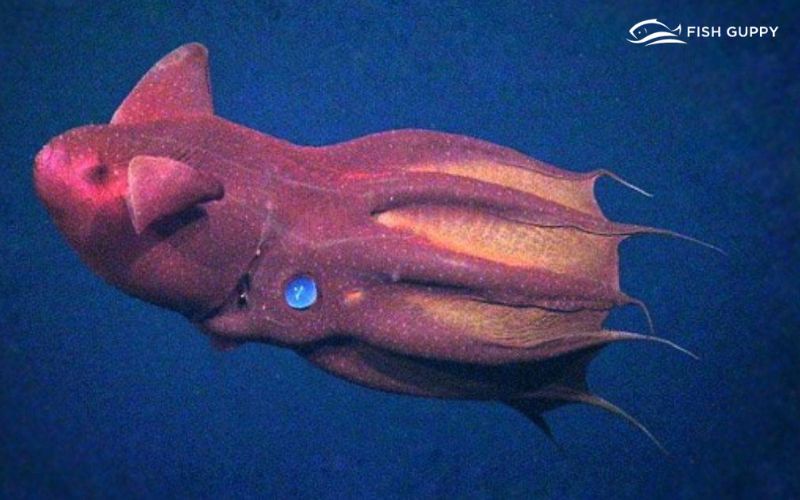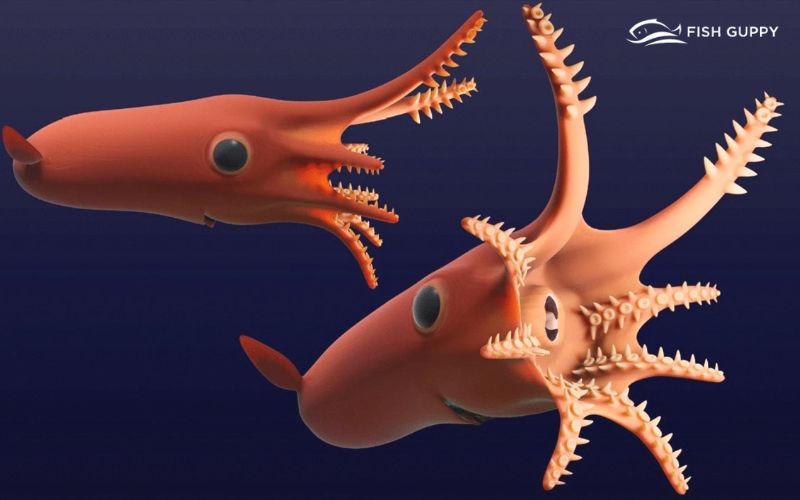Guppy Fish – Everything You Need To Know (Types, Price, Care, Food, Breeding)
March 12, 2018 Guppy Fish
GUPPY FISH DEFINITION
Guppy fish is a tiny freshwater rainbow, Lebistes Reticulatal Fish. Guppy is very popular in South America’s and West Indies aquariums. Like all other members of the family, they are live-bearing. Guppy is called with many scientific and taxonomic names.
DESCRIPTION
Basically, guppies were found in Antigua & Barbuda, Barbados, Brazil, Guyana, Jamaica, the Netherlands Antilles, Trinidad and Tobago, the U.S. Virgin Islands, and Venezuela. Antarctica is the only continent where guppies are not introduced among all the countries on the continents. Guppies most often act as substitutes to the other mosquito repellents, though it happens accidentally. The guppies were expected to eat the mosquito larvae and prevent the spread of dangerous diseases caused by mosquitoes, such as malaria, dengue and many other diseases but at the same time, these guppies are harmful too and have had a negative impact on native fish populations. The survey on guppies reveals that guppies have opened up almost every freshwater body approachable to them in the streams located near the coastal fringes of mainland South America and also within their natural range. Although not typically found there, guppies also have the ability to endure hardships of salty water and have colonized some natural dwellings of such environment.[4] They are likely to be more bountiful in small sources of water such as streams and pools than in wider, deeper or fast-flowing sources of water.
GUPPY FISH BREEDING
A variety of guppy races are produced by breeders through artificial selection for reproduction, inherited with different colors, patterns, shapes, and sizes of fins, at the same time trying to eradicate any unattractive or undesirable characteristics. Many tamed race have morphological characteristics that are very different from the wild-type predecessors. Males and females of many tamed race usually have larger body size and are much more lavishly ornamented than their wildly predecessors.
REPRODUCTION SYSTEM IN GUPPIES
Altogether guppies have 23 pairs of chromosomes in which one pair is of sex chromosomes, as in human beings. Sex chromosomes differ from any chromosome by dissimilar gene contact. The genes responsible for male guppies’ embellishment are Y-chromosome linked and are inherited.
Hence sexual maturity in male guppy and a female guppy differs depending on the conditions of the water supply and food supply and also many other factors as well.
The initial stage of guppies by the time they are born is very difficult without the parental care but they are well developed and quiet independent and do exist schooling together and defending predators to survive.
Male guppies can reproduce around one month of age but they actually reach puberty in the mid of their third month where as female guppies do not reach puberty until around three months old. Guppies are egg laying creatures and the fertilization happens internally by the male’s sperm and the female guppy gives birth to full formed young ones.
Female guppies first produce offspring at 10-20 weeks of age and continue producing till 20-30 months of age. Male guppies mature in 7 weeks or less. The life span of guppies is different depending on the evolutionary pressures but it is typically 2 years.
Guppies’ body sizes are mutually related with age, and when they are fully developed their size changes highly depending on their eating habits. The population of guppies depend on the availability of food and water. The scarcity of food and water lower the reproductive system.
APPEARANCE
Guppies display differences in appearance between males and females. Usually Guppies have a plain body and a beautiful tail. Females have black or blue, dark tail, Whereas males have a more colorful tail. Some Wild-type females have grey colour on their body, where as males have splashes, spots, or stripes in various hues. The physical appearances of guppy vary from each other. Males are typically 1.5–3.5 cm (0.6–1.4 in) long, while females are 3–6 cm (1.2–2.4 in) long. The size of guppies vary, but males are typically 1.5–3.5 cm females are 3–6 cm (1.2–2.4 in) long (0.6–1.4 in) long.
GUPPY FISH CLASSIFICATIONS
Guppies were first depicted in Venezuela as Poecilia reticulata by Wilhelm Peters in 1859 and as Lebistes poecilioides in Barbados by De Filippi in 1861. It was named Girardinus guppii by Albert Günther in honor of Robert John Lechmere Guppy, who sent samples of the species from Trinidad to the Natural History Museum in London. It was reclassified as Lebistes reticulatus by Regan in 1913. Rosen and Bailey brought guppies back to their original name in 1963 as Poecilia reticulata. While the classification of the species was frequently changed, consequently giving different names, Guppy even now it is commonly called as Girardinus guppyi and considered as junior synonym
BINOMIAL NAME : Poecilia Reticulata
ETIMOLOGY
W. Robert-John Lechmere Guppy who was a biologist discovered the Guppy fish in Trinidad in 1886, and the fish was named “Girardinus guppii” in his honour by Albert C.L.G. Gunther.
SIZE
The length of female guppies 4.6 Centimeter, these are larger than males.
Length of male guppies is 2.5-3.5 cm long.
SYNONYMS
- Million fish
- Acanthocephalus guppii
(Günther, 1866) - Acanthophacelus reticulatus
(W. Peters, 1859) - Girardinus guppii
Günther, 1866 - Girardinus reticulatus
(W. Peters, 1859) - Lebistes poecilioides
De Filippi, 1861 - Lebistes reticulatus
(W. Peters, 1859) - Poecilioides reticulatus
(W. Peters, 1859)
RUDIMENTAL CLASSIFICATION 0F NAMES |
| •Acanthocephalus guppy Haridichthys reticulates |
| •Acanthocephalus reticulates Heterandria guppyi |
| •Girardinus guppii Lebistes reticulates |
| •Girardinus petersi Poecilia poeciloides |
| • Girardinus poeciloides Poecilia reticulate |
| • Girardinus reticulatus poeciloides reticulates |

